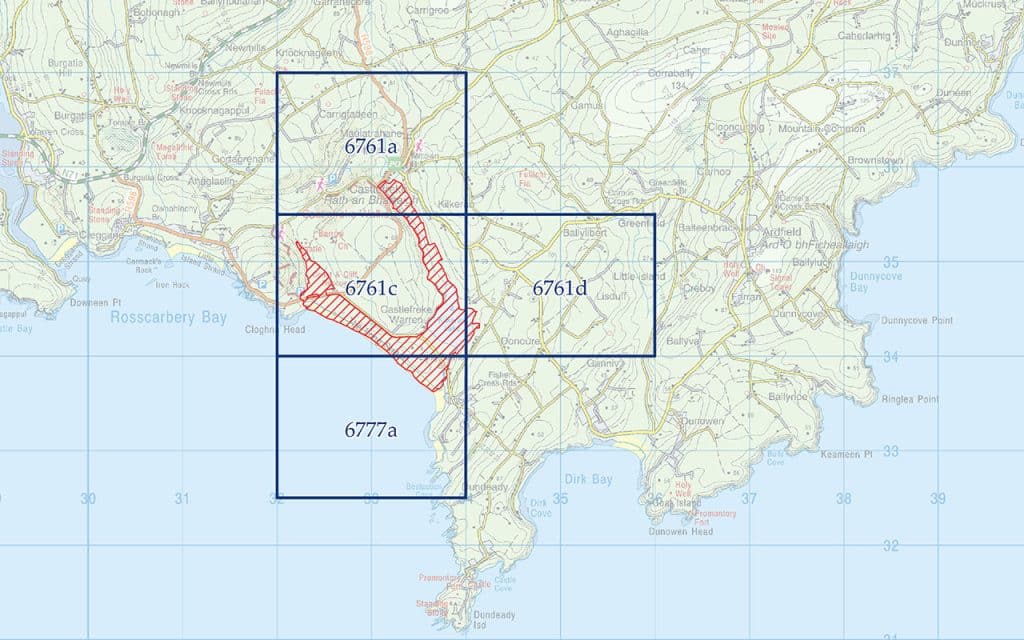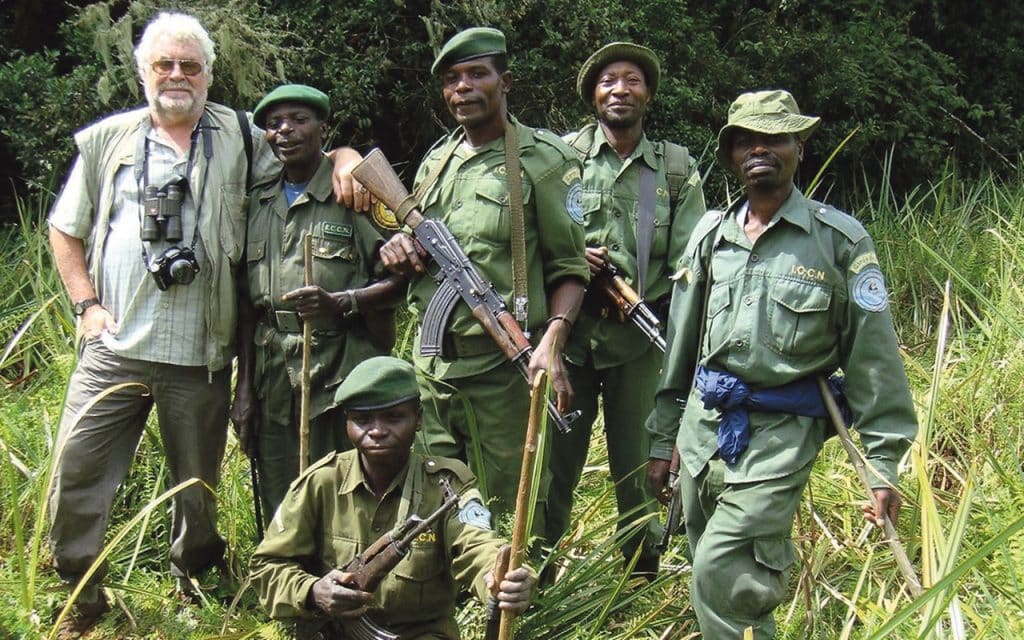The world’s first transatlantic cable, which sent its first telegram 166 years ago, started in Valentia Island off the coast of Co Kerry. Now subsea cables carry 99 per cent of the world’s internet traffic. Today’s cables enable the transmission of light along fibreoptic strands within the cable, enabling an ever-increasing bandwidth across the internet. Most of Ireland’s subsea cables land around Dublin on the east coast or around Mayo or Galway on the west coast but a recent licence application by Amazon signalling plans for a transatlantic subsea fibre optic cable at Castlefreke Bay in Clonakilty near a Special Area of Conservation (SAC), brings it much closer to home. Fiona Hayes weighs up the pros and cons of the project, emphasising the importance of being aware and vocal to ensure our local environment is protected.

Whilst many of us think of Amazon as an online bookseller that has branched out, in cooperation with other retailers managing their sales and logistics, we don’t automatically think of Amazon as a Web Services provider. Yet Amazon Web Services (AWS) provides cloud services to thousands of Irish SME’s and large businesses including Ryanair, Bank of Ireland and Stripe.
Now Amazon have applied to The Maritime Area Regulatory Authority (MARA), for a maritime usage licence for Geophysical Survey and Site Investigations for a proposed transatlantic subsea fibre optic cable, making landfall at Castlefreke Bay, County Cork. This subsea cable would increase the international connectivity of the Irish community.
At this stage Amazon wants to evaluate options for the route linking the USA, Ireland and the UK, and so the application to MARA is for temporary survey works. The license application area covers a stretch for potential landfall at Ownahincha/Little Island Strand to the West and stretching to Long Strand to the East.
As those of you who have visited the beautiful beach and sand dunes of Castlefreke may know, the area of Kilkeran Lake and Castlefreke Dunes is a Special Area of Conservation (SAC) protected under the EU Habitat’s Directive. Coastal Lagoons, like Kilkeran Lake are becoming increasingly rare in Ireland as well as in Europe; and so this small stretch of coastline, which is home to a tiny and rare sandhopper – Allomelita pellucida, only found in intertidal areas, along with protected plant species only found in or near coastal lagoons is of significant importance.
Kilkeran Lake is the best example of a sedimentary lagoon in south-west Ireland. The Government and its agencies are responsible for the implementation and enforcement of regulations that will ensure the ecological integrity of sites within the Natura 2000 network and indeed part of the site at Castlefreke is State-owned and managed for conservation purposes.
Conservation of Sand Dunes is vital in relation to mitigation against climate change, which is gradually increasing coastal erosion and flooding. The strength of the dunes, providing a natural barrier against the sea comes from the plants that grow there. These plants have very deep roots that can bind the sand into the dunes hillocks, however although some of the plants, like Marram grass may look tough, they are often damaged even if just walked on. The dunes are far more fragile than we think.
It is vital then that we protect the Castlefreke Bay and Kilkeran Lake SAC if the proposed subsea cable makes landfall there.
The current application to MARA for a licence to survey the possible sea route and for site investigations is an initial and important phase of laying the cable. Fibreoptic cables are prone to damage from fishing vessels or anchorage and so often take a winding route to avoid fishing areas, wrecks, and unsuitable landings. The responsibility to maintain and protect the cable from damage lies not with the Irish Government but with the cable operator; and so it is in their interests to find a route with as little potential disturbance as possible, as reinstallation due to damage is costly. Cables generally make landfall at a fenced small single story cable landing station for which planning application will be sought. The cable will then take a cross land route to a data centre.
Seaward from the cable landing station, the cable will be buried along the route to the seabed of the deeper ocean. Whilst there is a dearth of research into the effects of subsea cable on marine life, some studies have shown that one year after the laying of a cable there is no evidence of the disturbance created during it’s laying and no significant changes in species composition or abundance, related to the cable installation. There are some changes in the magnetic field in the close vicinity of the cable itself, but these do not exceed beyond a distance of 20m.
There are almost 1.5 million kilometres of submarine fibreoptic cable underpinning the global internet, connecting us all across continents in this information age.
As I work from home researching and writing this article, I wonder how today’s world would operate without this instant connectivity. Nevertheless without the heritage of the Natural World around us; places like the Kilkeran Lake and Castlefreke Dunes SAC, our natural environment would become eroded irreparably. It is vital that these areas are protected and respected and that the need for that respect is impressed upon the companies operating and laying our internet environment. It is imperative that, as they build our online world, our natural world is fully protected.
A good way to stress this need for respect is to submit a submission to Mara. Submissions can be supportive of the cable or against the cable, but either way they add your voice and give evidence that the people of Cork are aware and interested.
You can find the licence application and the Natura Impact Statement available for inspection on MARA’s website www.maritimeregulator.ie/applications/mul230031
The deadline for making a submission in writing to MARA is 17.30 on February 11, 2025. To make a submission quote ref: MUL230031 to the following e-mail address:
licence@mara.gov.ie or by post to the following address: Licence Unit, Maritime Area Regulatory Authority, 2nd Floor, Menapia House, Drinagh Business Park, Drinagh, Wexford, Y35 RF29.
A public discussion will take place around Amazon’s application for survey works at Longstrand and Owenahincha beaches on Thursday, February 6 at 7pm in the Celtic Ross Hotel. This meeting will be co-hosted by COWOW (Castlefreke Our Woods Our Walks), Cllr. Isobel Towse and Christopher O’Sullivan TD.



